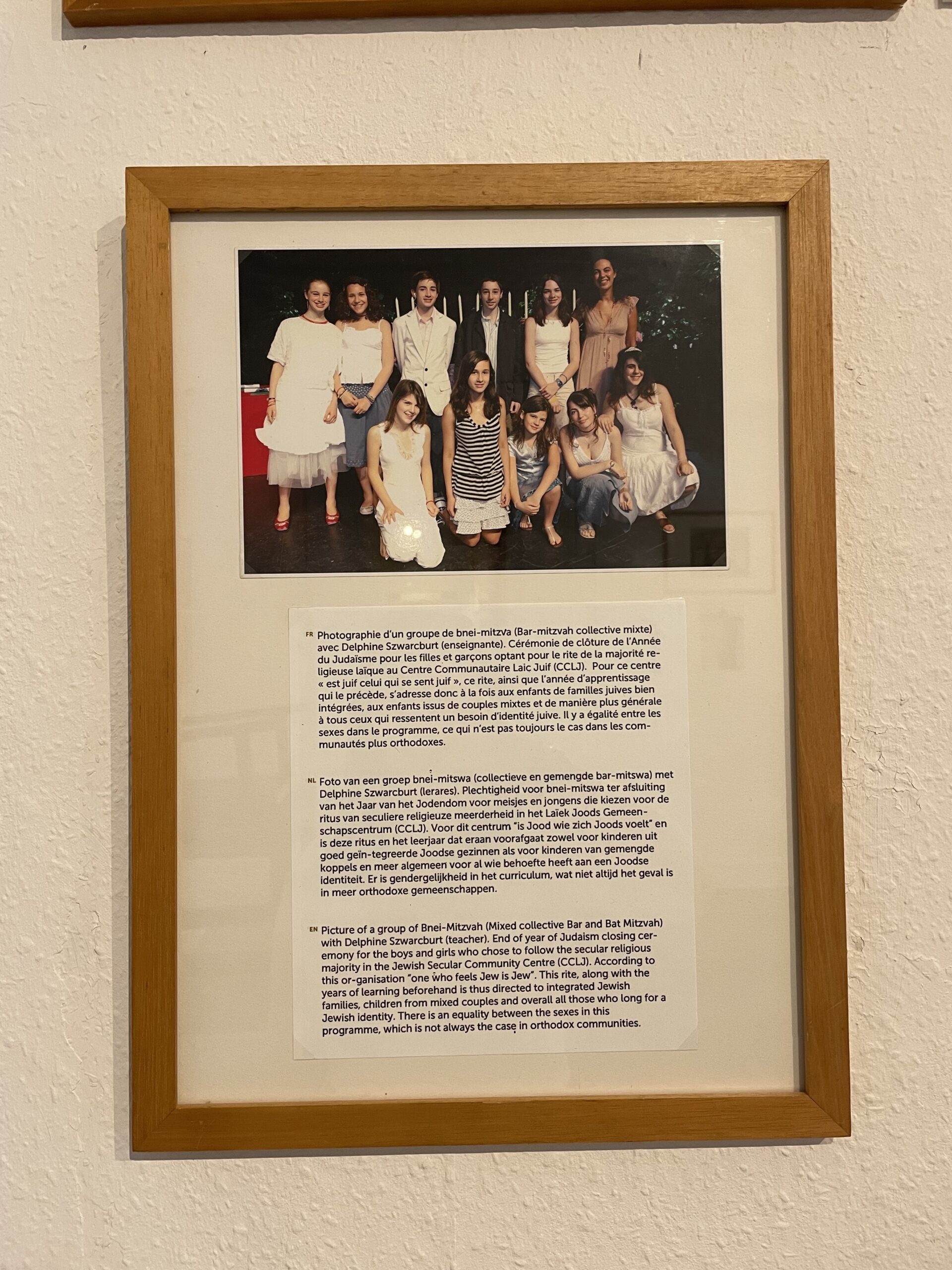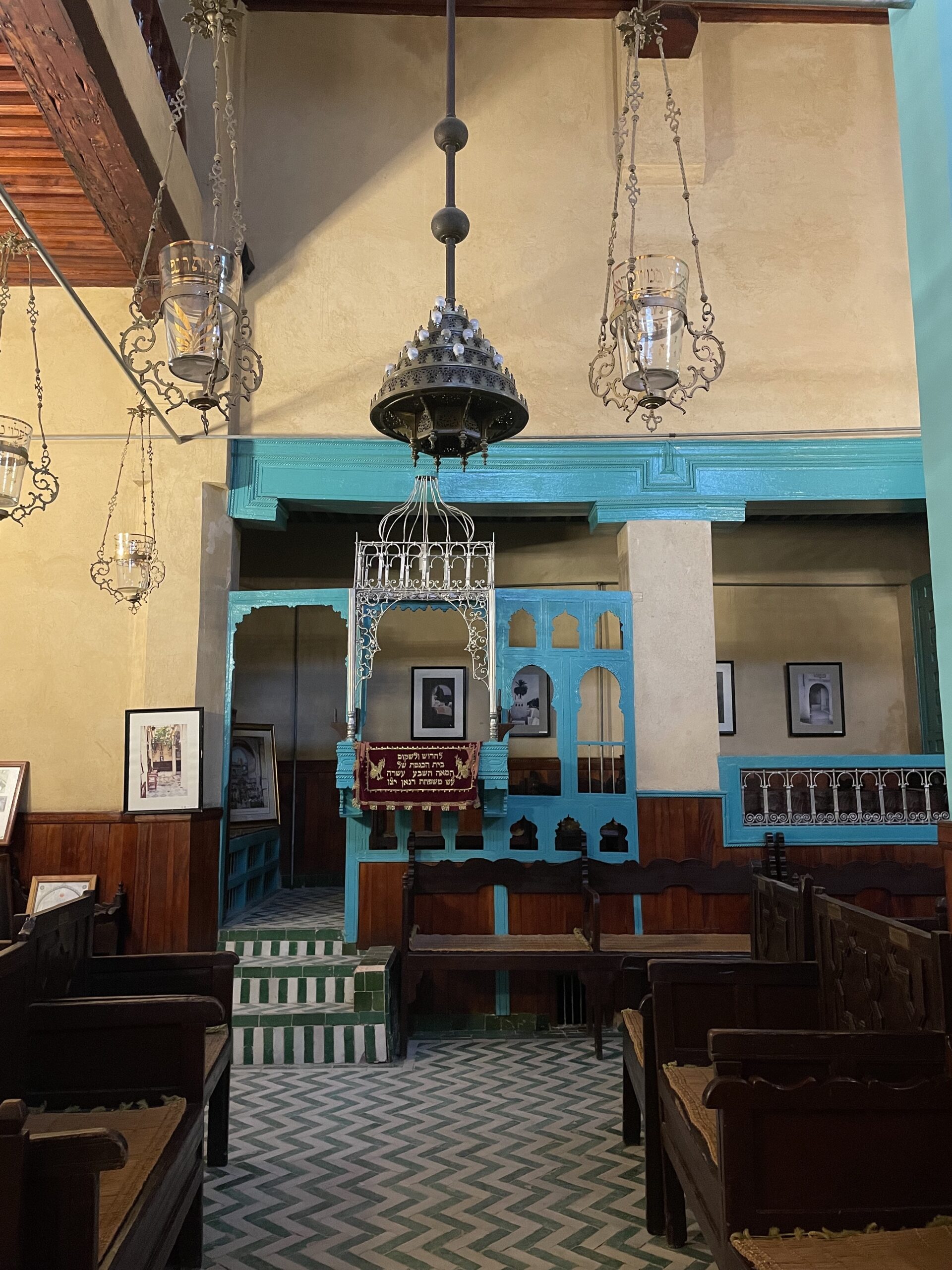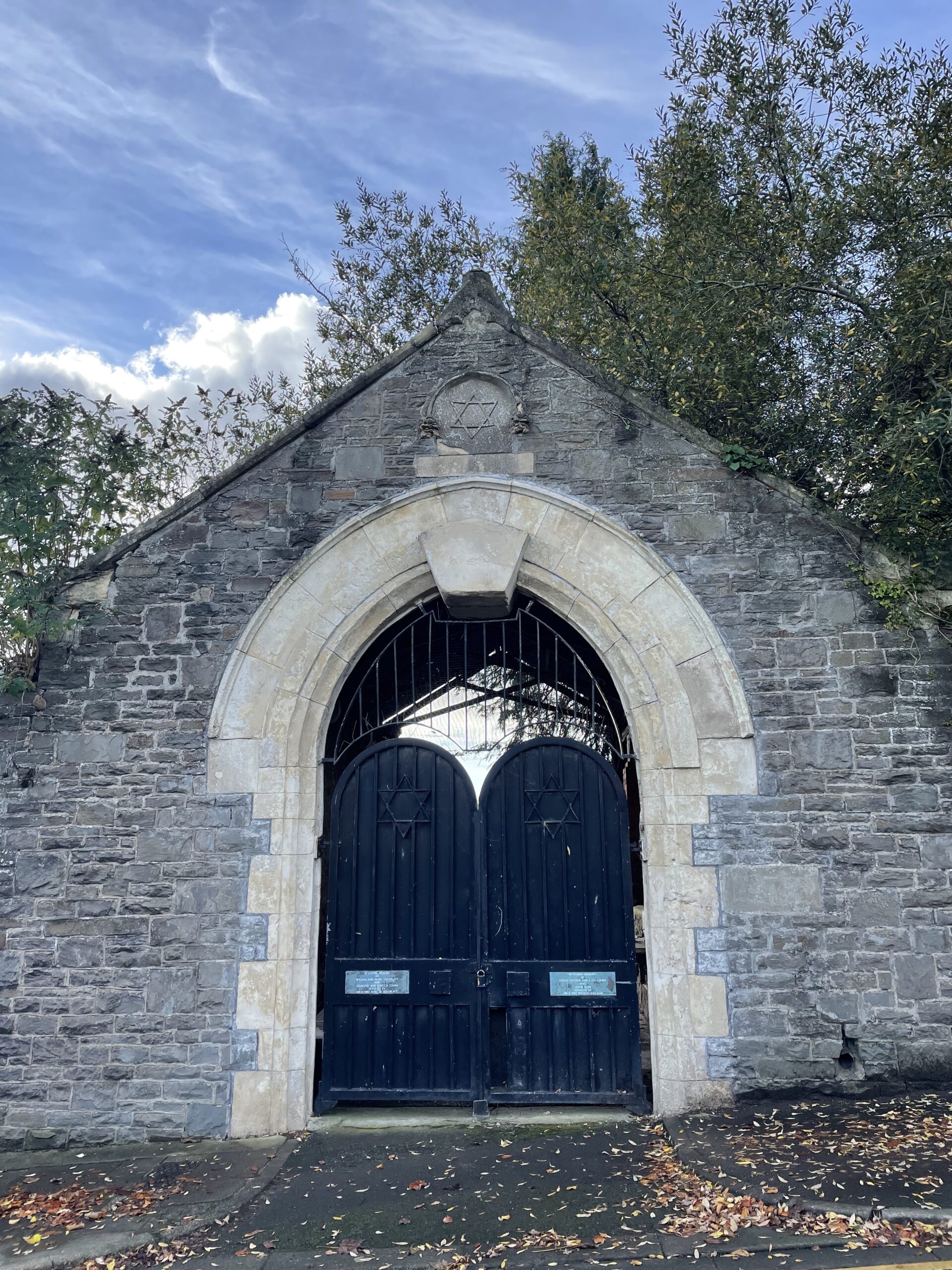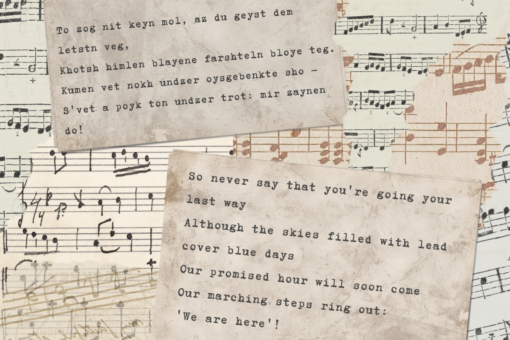On one of my first days in Cardiff, Wales, I was feeling overwhelmed. I would be spending the next week housesitting two rambunctious but adorable dogs in a residential neighborhood, 15 minutes by bus from the center of the city. It was a great gig arranged through Trusted Housesitters that allowed me to provide pet care in exchange for free housing — but the thought of spending that much time alone in an unfamiliar location was unnerving.
I decided to do what I always do in stressful situations: go on a run. As I looked at the map to scout out a potential route, something caught my eye — the “Cardiff Jewish Cemetery,” just about a mile away. I was a bit shocked. As I wrote to my family group chat after running over to see the site for myself, “I didn’t even know there were Jews here” (here meaning Cardiff, but also Wales more generally). In that moment, despite the fact that the Jews I’d just discovered were, well, dead, I didn’t feel as lonely.
Cardiff was only one of many destinations on my three-month stint traveling solo across Europe and Morocco. And though it wasn’t my initial intention, I gravitated towards Jewish neighborhoods and sites nearly everywhere I went.
In both Brussels and Vienna, I visited the Jewish museums; I enjoyed learning about Jewish history in each city and was entertained by their exhibits educating non-Jews about Jewish customs (turns out bar/bat Mitzvah pictures in Brussels look just as awkward as they do in the U.S.) In Prague, I had unknowingly booked a guesthouse in the Jewish neighborhood, surrounded by kosher restaurants and right across from one of the largest Jewish cemeteries in Europe. In Budapest, I had a delicious dinner at a restaurant called Mazel Tov and admired the Dohány Street Synagogue, the largest in Europe.

In Rome, I sought out the Jewish ghetto, wanting to try carciofo alla giudia, or crispy fried globe artichoke “Jewish style,” for myself. I strolled through Jewish neighborhoods in Seville, Barcelona and Lisbon (though they were pretty small compared to those in some Eastern European countries).
In Morocco, I encountered multiple cemeteries and historical synagogues, including the Miâara Cemetery in Marrakesh, which is the largest in the country.

And in Amsterdam, I attended two Hanukkah celebration: a big public menorah lighting and concert in front of the Royal Palace of Amsterdam, and a more intimate gathering with a new Jewish group called Oy Vey Amsterdam that pleasantly reminded me of my college Jewish community. I also paid my respects to various Holocaust memorials and sites, including the Anne Frank House and Berlin’s Memorial to the Murdered Jews in Europe.
No matter where I went, I always found something Jewish. And just like that day at the cemetery, even when I wasn’t interacting with anyone or anything familiar, knowing that Jewish communities exist — or existed — in all of these different places made me feel less alone on my solo travels. Although I don’t consider myself particularly religious, I found comfort in being able to learn about Jewish life in other places, and find similarities and differences to my own experiences as an American Jew.
And while I was surprised that first day in Cardiff, I really shouldn’t have been. In fact, Jews have been in Cardiff, and Wales more generally, for centuries. The Marquis of Butes donated land for the Jewish cemetery in 1841, and the earliest known legible tombstone dates from 1852. Even though the number of Jews in Cardiff has dwindled through the years and there are only two synagogues, the city does have a small but mighty Jewish community.

My family is pretty much entirely Ashkenazi Jewish, almost all from Germany. This may have contributed to my ideas about where I would find Jewish community. I knew Sephardic and Mizrahi Jews had a rich history and that Jews have existed for millennia across cultures and traditions; I also have a few Jewish cousins in Uruguay and learned about the expulsion of the Jews during the Inquisition in Jewish day school. But there’s a difference between learning about a community and actually standing in the place where they are, or have been. It made me feel more connected.
For centuries, Jews have dispersed across the world, and many unique Jewish diaspora populations have formed. There are Jews in Glasgow, Tasmania and even near the Arctic Circle. Jews were — and are — everywhere. Maybe that’s why they call it Jewish geography.



